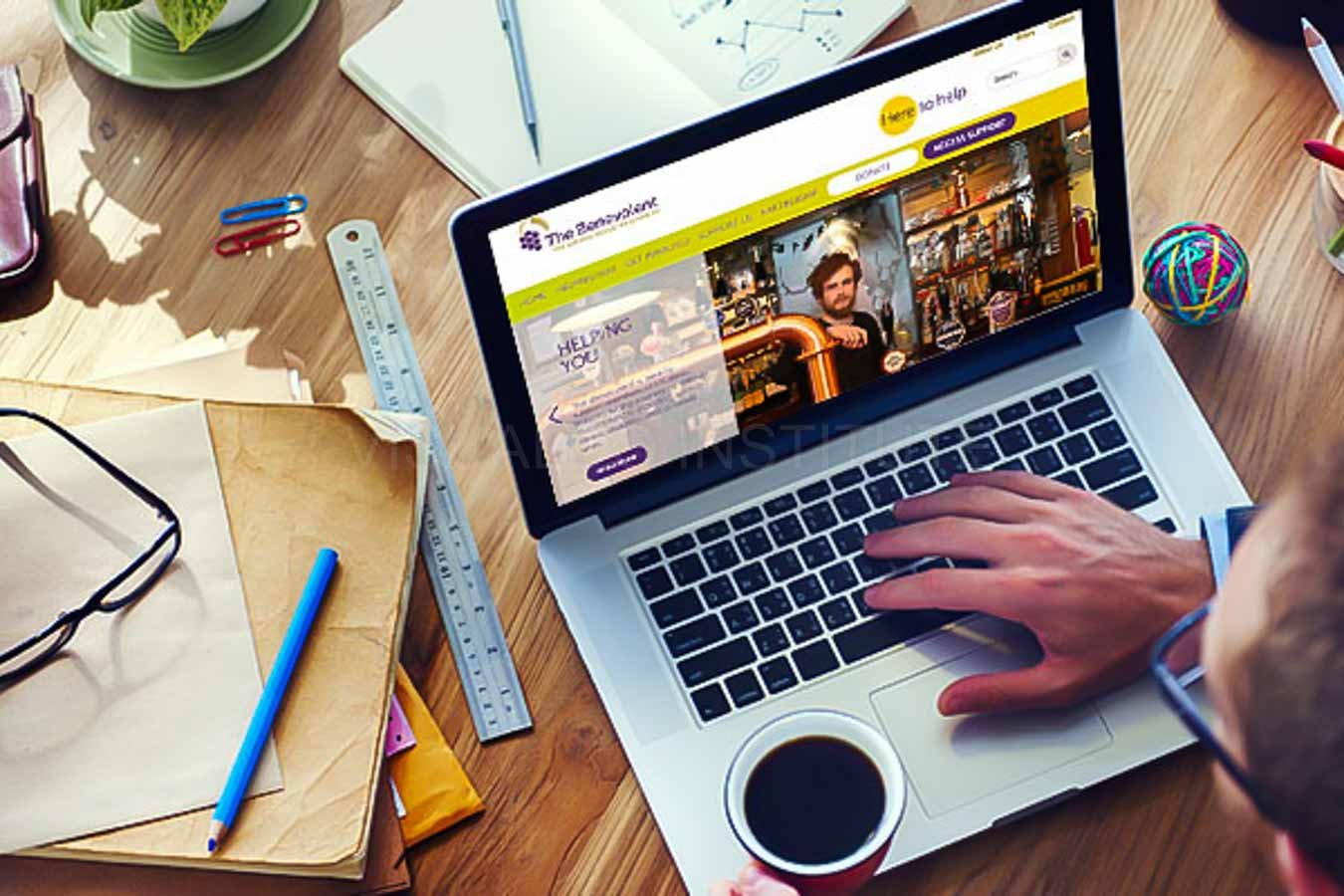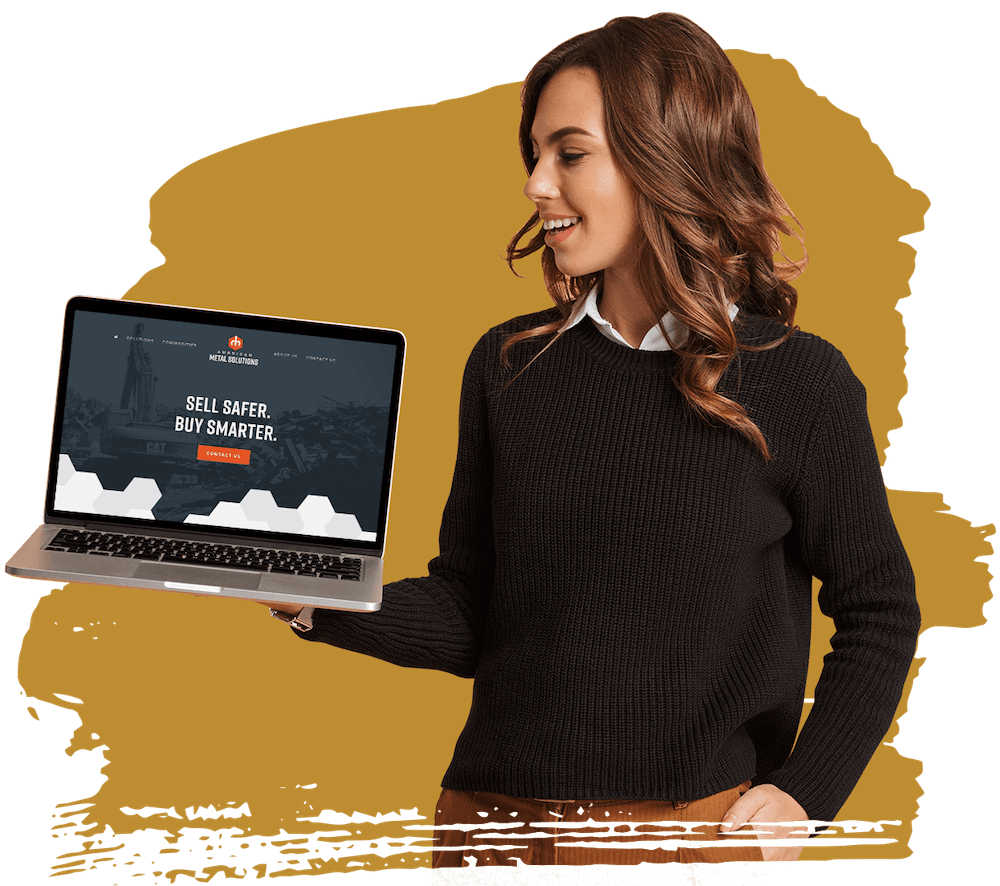Aligned Position Web Design: Crafting Visually Appealing Websites for Modern Businesses
Aligned Position Web Design: Crafting Visually Appealing Websites for Modern Businesses
Blog Article
The Most Effective Kinds Of Web Style to Boost Individual Experience and Involvement
In the ever-evolving landscape of digital communication, the effectiveness of Web style substantially impacts user experience and interaction. Various style techniques, such as minimalist, receptive, and interactive formats, each offer unique advantages that can cater to diverse individual demands.
Minimal Website Design
As electronic landscapes come to be increasingly chaotic, minimal website design has actually become a powerful method to enhancing customer experience. This layout approach focuses on simplicity, concentrating on essential components while removing unnecessary distractions. By utilizing sufficient white area, straightforward navigation, and a limited color palette, minimal layout cultivates clarity and routes user interest to essential content.
The core principle of minimalist Web layout is to produce a seamless communication for individuals. By decreasing cognitive load, individuals can promptly grasp info without really feeling bewildered. This direct technique not only boosts functionality yet likewise urges interaction, as site visitors are a lot more likely to discover a site that is aesthetically enticing and easy to browse.
In addition, minimal style usually emphasizes typography and imagery, utilizing these aspects tactically to share messages effectively. This emphasis on essential elements can boost brand identity and create an unforgettable user experience. Basically, minimalist website design is not simply a fad; it is a thoughtful method that acknowledges the value of user-centered design. By removing supplementary elements, developers can create a more appealing, effective, and enjoyable Web experience for all individuals.
Receptive Web Design
In today's varied electronic atmosphere, receptive Web layout has actually come to be crucial for producing a seamless customer experience across a wide range of gadgets. As customers gain access to internet sites on smartphones, laptops, tablets, and desktop computers, the capability of a web site to adjust its format and content to different display dimensions and resolutions is important.
Receptive website design uses adaptable grids, images, and CSS media inquiries to guarantee that Web material is presented efficiently, no matter the tool made use of. This technique not just boosts the aesthetic allure of a website but likewise significantly enhances use. Individuals are most likely to engage with a site that supplies a consistent experience, as it gets rid of the irritation of having to zoom in or scroll excessively.
By embracing receptive design, businesses can improve their presence and get to a more comprehensive target market. In recap, responsive Web layout is a basic method that enhances user experience, involvement, and general contentment.
Interactive Web Layout
Receptive website design lays the groundwork for enhancing user experience, however interactive website design takes this an action further by involving users in a more dynamic way - Aligned Position Web Design. By incorporating elements such as animations, clickable models, and real-time feedback, interactive website design captivates users, attracting them into a richer browsing experience
This approach not only fosters involvement yet likewise encourages customers to explore material actively instead than passively consuming it. Techniques such as gamification, where users earn benefits for finishing tasks, can dramatically enhance the time spent on a site and enhance general fulfillment. Furthermore, interactive functions can streamline intricate info, go to this website making it more absorbable and helpful hints pleasurable.

Including interactive design components can also lead to greater conversion rates, as users are a lot more most likely to engage with a site that actively includes them. Aligned Position Web Design. Eventually, interactive Web style changes individual experiences right into memorable trips, making sure that visitors return time and again
Apartment Layout
Identified by its minimalistic approach, level design emphasizes simpleness and performance, stripping away unneeded aspects and focusing on vital functions. This layout viewpoint prioritizes functionality, guaranteeing that users can browse interfaces effortlessly and performance. By utilizing a clean aesthetic, level style eliminates the clutter often discovered in more elaborate styles, consequently boosting user emphasis on content and functionality.
The hallmark of level layout depends on its use bold shades, straightforward typography, and geometric shapes. These elements add to an aesthetically appealing interface that is both approachable and modern-day. Additionally, flat layout promotes a sense of clearness, permitting users to recognize essential actions and info without diversion.
In addition, level style is specifically effective in receptive Web design, as its like it simpleness translates well throughout various gadgets and screen sizes. The absence of complex textures and slopes reduces packing times, which is vital for keeping individual interaction. As electronic landscapes remain to develop, flat design stays a pertinent choice for producing easy to use websites that enhance general experience. By concentrating on necessary functions, level style not only fulfills individual needs however also encourages seamless interaction, making it an essential part of efficient Web layout strategies.
Flexible Website Design
Adaptive website design customizes the individual experience by producing multiple dealt with formats tailored to different display dimensions and devices. Unlike responsive style, which fluidly changes a single layout, flexible style employs distinct designs for particular breakpoints, making certain optimum presentation on various systems. This strategy permits developers to concentrate on the special features of each gadget, boosting usability by supplying exactly what individuals need based on their context.
Among the primary benefits of flexible website design is its capability to optimize lots times and performance. By offering tailored web content and pictures that fit the individual's gadget, sites can minimize data usage and boost loading rates. This is specifically beneficial for users with slower connections or limited data plans.

Additionally, flexible style helps with a much more controlled and regular branding experience. Since designers produce multiple formats, they can ensure that the aesthetic aspects line up with the brand name's identity throughout different platforms - Aligned Position Web Design. This causes a cohesive individual experience, enhancing involvement and promoting individual retention
Conclusion
Minimal layout fosters quality and emphasis, while receptive layout makes sure adaptability throughout numerous gadgets, promoting ease of access. Collectively, these style approaches contribute to the development of straightforward settings that not only enhance fulfillment but likewise drive greater conversion rates, underscoring their important relevance in contemporary Web style techniques.

Minimalist style promotes quality and focus, while responsive design makes sure adaptability across numerous gadgets, promoting ease of access. Jointly, these layout approaches add to the production of straightforward settings that not only enhance complete satisfaction however additionally drive greater conversion rates, highlighting their crucial value in modern Web layout methods.
Report this page